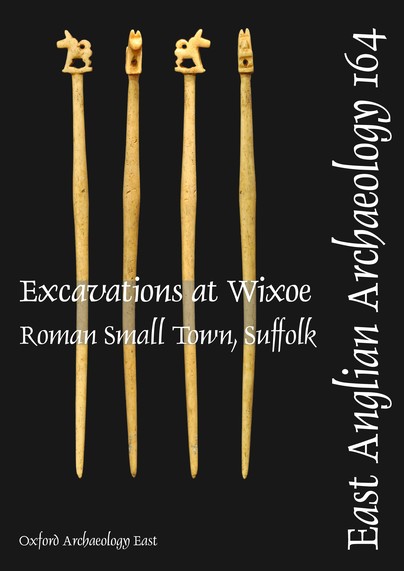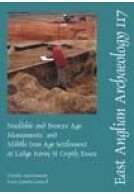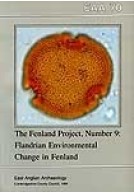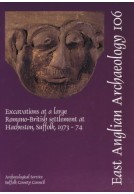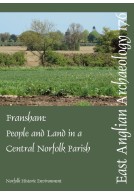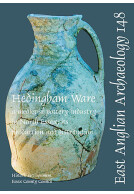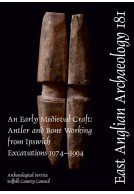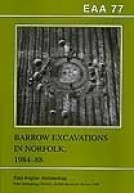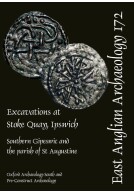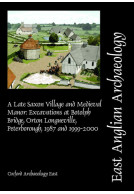EAA 164: Excavations at Wixoe Roman Small Town, Suffolk (Paperback)
Imprint: East Anglian Archaeology
Series: East Anglian Archaeology Monograph
Pages: 234
Illustrations: 71
ISBN: 9781907588105
Published: 31st May 2018
Script Academic & Professional
Series: East Anglian Archaeology Monograph
Pages: 234
Illustrations: 71
ISBN: 9781907588105
Published: 31st May 2018
Script Academic & Professional
You'll be £25.00 closer to your next £10.00 credit when you purchase EAA 164: Excavations at Wixoe Roman Small Town, Suffolk. What's this?
+£4.99 UK Delivery or free UK delivery if order is over £40
(click here for international delivery rates)
Need a currency converter? Check XE.com for live rates
(click here for international delivery rates)
Need a currency converter? Check XE.com for live rates
Construction of the Abberton pipeline has provided the first opportunity for a major excavation within a Roman small town in Suffolk for more than 20 years. The pipeline, which extends from Kirtling Green (Suffolk) at the north end to Wormingford (Essex) at the south, also provided an opportunity to investigate the hinterland of the Roman town. Wixoe is one of only eight small towns known within the county and appears to have developed on both banks of the River Stour, close to an ancient crossing point and adjacent to the Via Devana. Apart from antiquarian investigations, little archaeological work had been undertaken within the town. Recently, however, extensive fieldwalking and metal detecting surveys conducted by local amateur archaeologists have led to the recovery of over 4,000 coins from the site of the town and its environs. A much clearer history of the town has begun to emerge as a result of the fieldwalking, geophysical survey, evaluation and excavation undertaken in advance of the pipeline project. This work has shown that Wixoe was a post-Boudican planned town probably established at a similar time to several others in the region. The town appears to have reached its peak in the 2nd century, following which there seems to have been a slow decline (at least in the excavated part of the settlement) leading to its eventual abandonment in the very late 4th or early 5th century. The excavations produced a significant fmds assemblage that includes a major collection of pottery, analysis of which has identified supply patterns similar to other civilian Roman 'borderland' settlements in the region, especially Great Chesterford.
Other titles in the series...
Other titles in East Anglian Archaeology...







